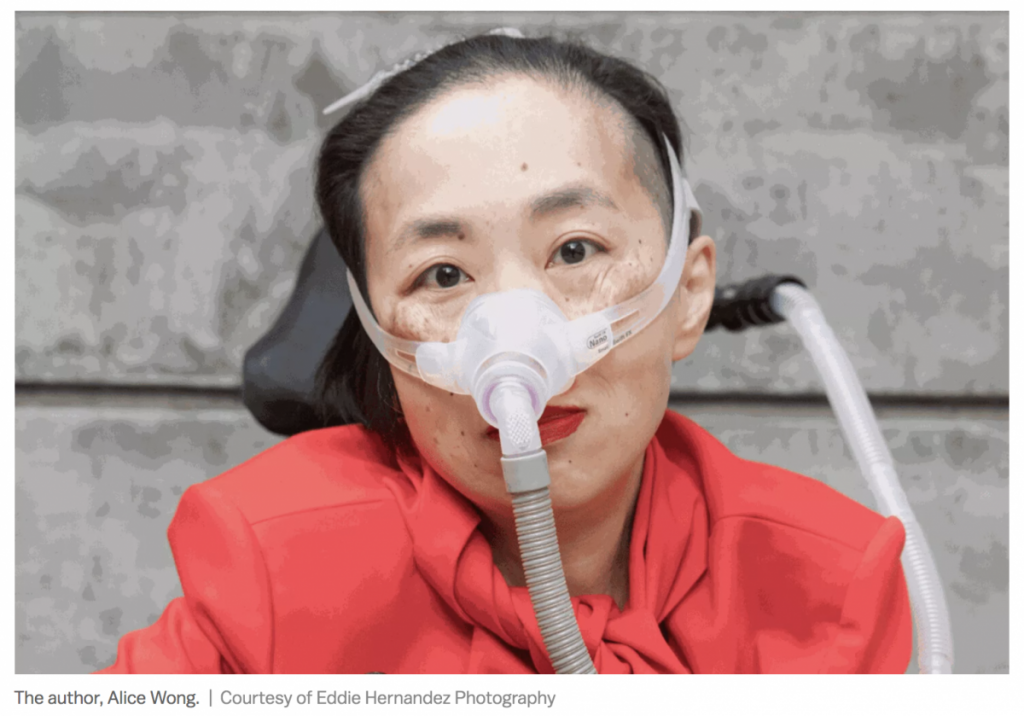By Leta Hong Fincher, for CNN 04/16/20

In this article, Fincher discusses how the Coronavirus pandemic is being handled successfully in countries led by women. While there are of course other factors that contribute to the success of its handling in these countries, many have noted the obvious commonality between many of these countries: they are all led by women. The three countries highlighted in the article are Taiwan, Germany, and New Zealand, all multi-party democracies with high levels of public trust in their governments. That they are located in different regions of the world proves significant as they represent diverse areas that have been affected by the Coronavirus differently. Looking at these three countries offers us examples from Europe, Asia, and the South Pacific. All three countries have been successful in containing the virus through early, scientific intervention. Specifically, they have used widespread testing, facilitated easy access to quality medical treatment, used aggressive contact tracing and imposed tough restrictions on social gatherings. While there are countries who have been successful in managing the virus, there are also many led by men where the virus has spread rapidly in comparison to these women-led countries.
Many countries led by incompetent, science-denialist men have led to catastrophic coronavirus outbreaks.
For example, the United States has become the epicenter of the virus outbreak led by President Trump, whose leadership style during the handling of this virus has consisted of a sort of hyper-masculine alpha-dog trying to out-do scientists and strong-arm experts to adjust their recommendations. The virus was similarly mishandled in the UK, led by Prime Minister Boris Johnson who also did not heed warnings seriously enough and routinely dismissed the severity of the situation during the early days of the outbreak as Trump did. And of course, the virus’ starting point in China was certainly mismanaged by President Xi Jinping, who likewise did not take the virus’ seriousness fully and allowed five million people to leave Wuhan before finally putting the city under lockdown only once he was proved wrong as these other leaders were.
While it is too early to determine who is definitively more successful in handling the virus as it is an ongoing crisis around the world, the evidence so far has been a very positive showing for women leaders, even as they make up only 7% of world leaders. Their handling of the crisis has pushed back on the typical gender stereotypes and criticisms women face when running for leadership or decision-making positions: that they may not be dependable in a crisis, may handle difficult situations with emotional decision-making, and that they may not have the toughness to make tough calls. These women leaders have been lauded not only for their reliance on science and rational thinking based on the recommendations of experts, but also for their hard-line stances governing social life in their countries that have successfully limited the spread of the virus.
Yet, on January 1, 2020 only 10 of 152 elected heads of state were women, according to the Inter-Parliamentary Union and the United Nations — and men made up 75% of parliamentarians, 73% of managerial decision-makers and 76% of the people in mainstream news media.
That women are squeezed into only one quarter — 25% — of physical spaces where critical decisions are made as well as the media platforms that tell stories about our lives is not enough. While this is something all advocates for gender equality would say has always been the case, the call for more equitable gender representation in these spaces now has even greater evidence to back up these claims.
At the very least, the disproportionate number of women leaders succeeding in controlling this pandemic — so far — should show us that gender equality is critical to global public health and international security.
While critics could argue that their being women was not the main factor determining their success in handling the pandemic, that these women all succeeded helps squash the potential arguments about their ability to lead and handle crises that are all too frequent in societal discourse.



